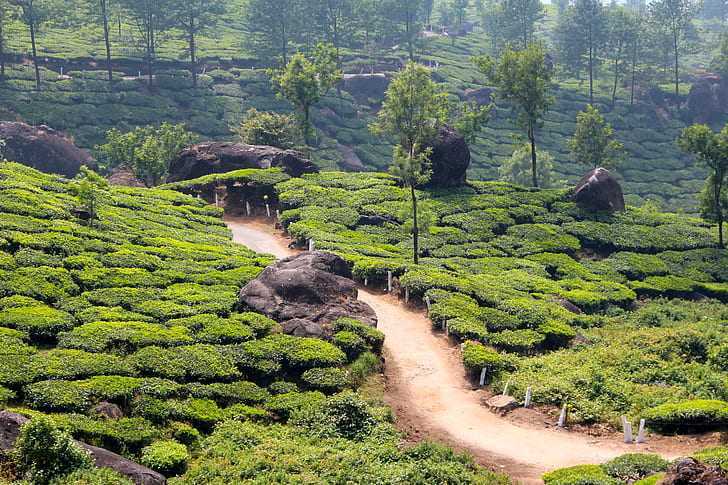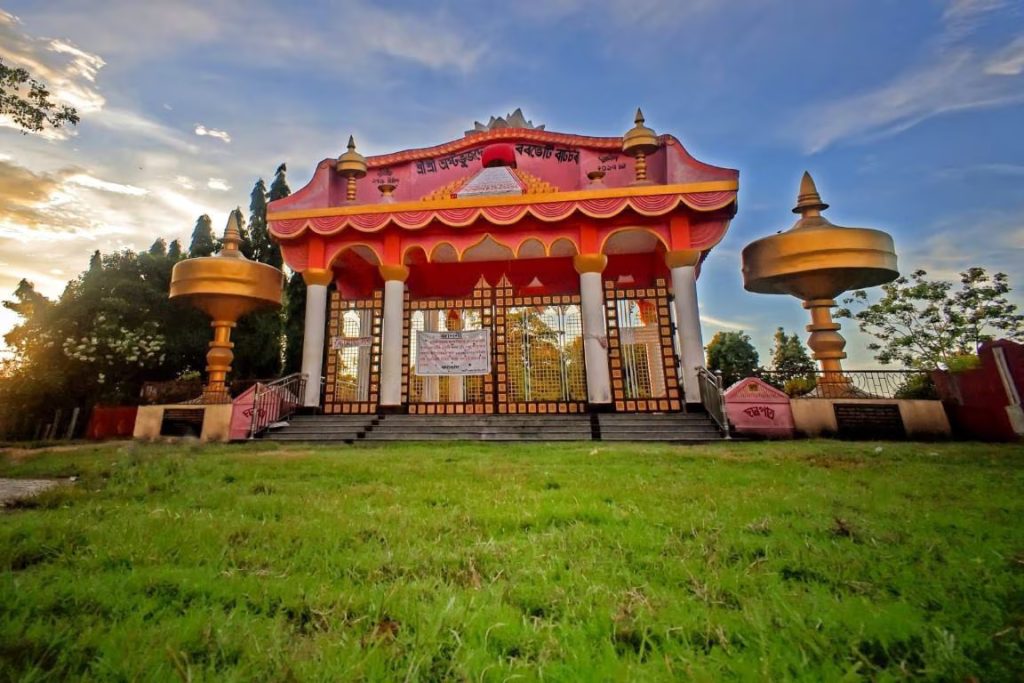Introduction: The Rise of Jorhat in 2026

In 2026, travel trends in India are seeing a major shift. Tourists are moving away from conventional destinations and seeking experiences that connect them to culture, nature, and authenticity. At the forefront of this trend is Jorhat Assam, a lesser-known city that has captured the attention of Indian travelers, surpassing international favorites like Berlin and Phuket.
According to the Skyscanner Travel Trends 2026 report, Jorhat Assam experienced a 493% surge in searches, highlighting Indian travelers’ growing preference for offbeat and meaningful experiences. This trend reflects the evolving mindset of modern travelers who want vacations to align with their personal passions while remaining budget-conscious.
Why Jorhat?
1. Cultural Heritage
Known as the “Cultural Capital of Assam,” is steeped in history. The city was a significant part of the Ahom dynasty, which ruled Assam for over six centuries. Historical sites like Lachit Borphukan’s Maidam, dedicated to the legendary Ahom general, and Thengal Bhavan, a colonial-era building, allow visitors to step back into history.
Cultural exploration is one of the most rewarding Things to do, offering a chance to understand the traditions, architecture, and heritage of Northeast India.
2. Tea Gardens
Known as the “Tea Capital of India,” Jorhat is surrounded by sprawling tea estates that produce some of the finest teas globally. Visitors can explore the Tocklai Tea Research Centre, the oldest and largest tea research station in the world, and the Cinnamora Tea Estate, which offers guided tours showcasing the tea production process.
3. Natural Beauty
The city’s proximity to the Hoollongapar Gibbon Wildlife Sanctuary provides opportunities to witness diverse flora and fauna, including the endangered Hoolock Gibbons. Additionally, Majuli Island, the world’s largest river island located just 20 kilometers from Jorhat, offers serene landscapes and unique cultural experiences.
What to Expect in Jorhat in 2026
1. Sustainable Tourism Initiatives
In line with global sustainability efforts, it is embracing eco-friendly tourism practices. The district administration has implemented measures to reduce environmental impact, such as promoting the use of green crackers during festivals to minimize air and noise pollution.
2. Cultural Festivals
It hosts several cultural festivals throughout the year, with Bihu being the most prominent. This traditional Assamese festival marks the Assamese New Year and is celebrated with dance, music, and feasts. Travelers visiting during this time can experience the vibrant culture and traditions of the region.
3. Local Cuisine
Assamese cuisine is known for its simplicity and use of fresh, local ingredients. In Jorhat, visitors can savor dishes like Masor Tenga (sour fish curry), Khaar (a dish made with raw papaya and pulses), and Pithas (traditional sweets). Local eateries and tea estates often offer authentic Assamese meals, providing a culinary journey for food enthusiasts.

Planning Your Trip to Jorhat
Best Time to Visit
The ideal time to visit is during the winter months, from October to March, when the weather is pleasant and conducive for sightseeing. The monsoon season (June to September) brings lush greenery but also heavy rainfall, which might disrupt travel plans.
How to Reach
- By Air: The nearest airport is Jorhat Airport (Rowriah Airport), approximately 7 kilometers from the city center, with flights connecting to major cities like Guwahati and Kolkata.
- By Train: Jorhat is well-connected by rail, with the Jorhat Town Railway Station serving as a major junction.
- By Road: The city is accessible via National Highway 37, with regular bus services from nearby cities.
Accommodation Options
It offers a range of accommodation options, from luxury resorts and heritage bungalows to budget guesthouses. Many tea estates provide homestay experiences, allowing visitors to immerse themselves in the local culture and lifestyle.
Top Things to Do in Jorhat Assam
- Explore Tocklai Tea Research Centre and learn about tea production.
- Visit Lachit Borphukan’s Maidam and other historical monuments.
- Enjoy the peaceful landscapes and photography opportunities in tea gardens.
- Take a boat ride to Majuli Island and explore the Satras.
- Trek or hike in the Hoollongapar Gibbon Wildlife Sanctuary.
- Participate in Bihu festival celebrations and cultural events.
- Taste authentic Assamese cuisine in local eateries and tea estates.
- Shop for Assamese handlooms, crafts, and souvenirs.
- Experience eco-tourism and sustainable travel initiatives.
- Relax by rivers, lakes, and the tranquil countryside surrounding Jorhat Assam.
Budget Tips for Visiting Jorhat Assam
- Travel Packages: Pre-booking Jorhat Assam travel packages ensures cost savings and convenience.
- Local Transport: Use shared taxis or buses to reduce travel expenses.
- Off-Season Travel: Visit during the shoulder months to avoid peak prices.
- Food: Opt for local eateries for authentic and budget-friendly meals.
Conclusion
It’s emergence as India’s top trending travel destination for 2026 signifies a shift towards more meaningful and authentic travel experiences. As travelers seek destinations that offer cultural richness, natural beauty, and tranquility, Jorhat stands out as a beacon of Assam’s heritage and charm. Whether you’re a history enthusiast, nature lover, or cultural explorer, Jorhat promises a journey that resonates with the soul.
FAQs:
- What is the best time to visit? The best time to visit is during the winter months, from October to March, when the weather is pleasant and ideal for sightseeing.
- How can I reach Jorhat? Jorhat is accessible by air, train, and road. The nearest airport is Jorhat Airport, and the city is well-connected by rail and road to major cities in Assam and beyond.
- What are the must-visit attractions in Jorhat? Key attractions include the Tocklai Tea Research Centre, Hoollongapar Gibbon Wildlife Sanctuary, Majuli Island, and historical sites like Lachit Borphukan’s Maidam and Thengal Bhavan.
- What is Assamese cuisine like? Assamese cuisine is characterized by its simplicity and use of fresh, local ingredients. Popular dishes include Masor Tenga, Khaar, and Pithas.
- Are there eco-friendly initiatives in Jorhat? Yes, Jorhat is embracing sustainable tourism practices, such as promoting the use of green crackers during festivals to reduce environmental impact.











